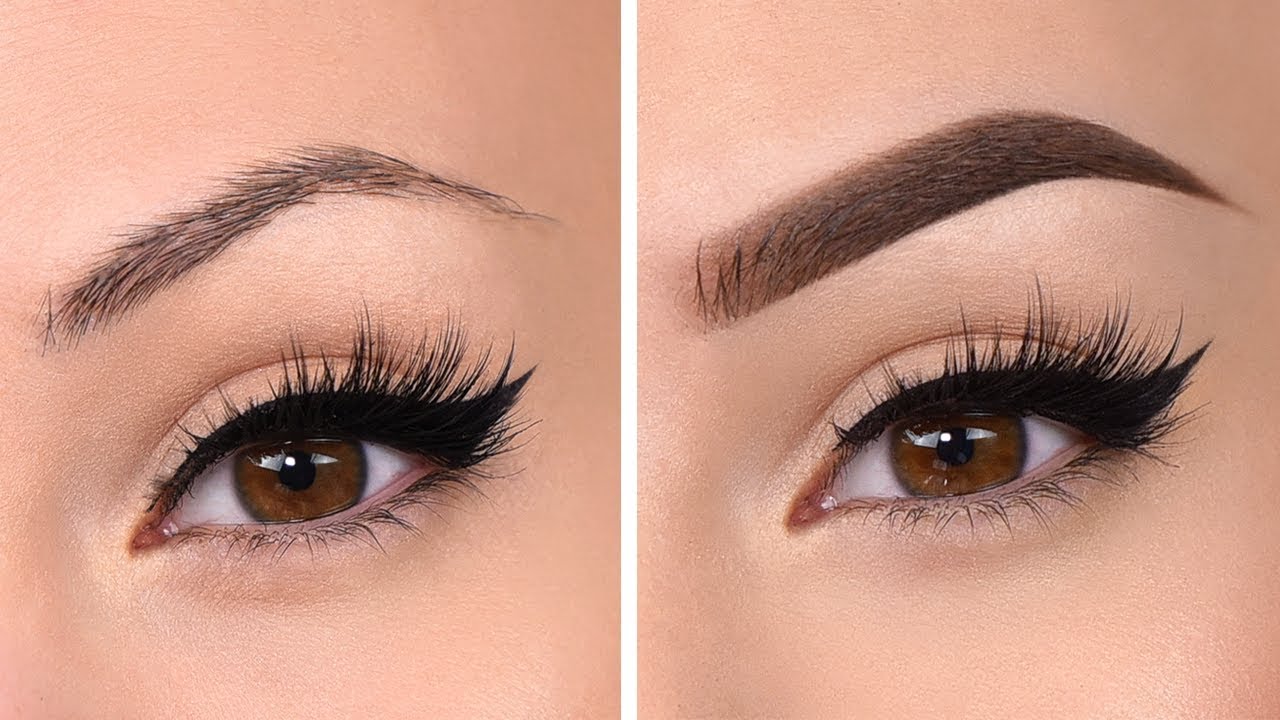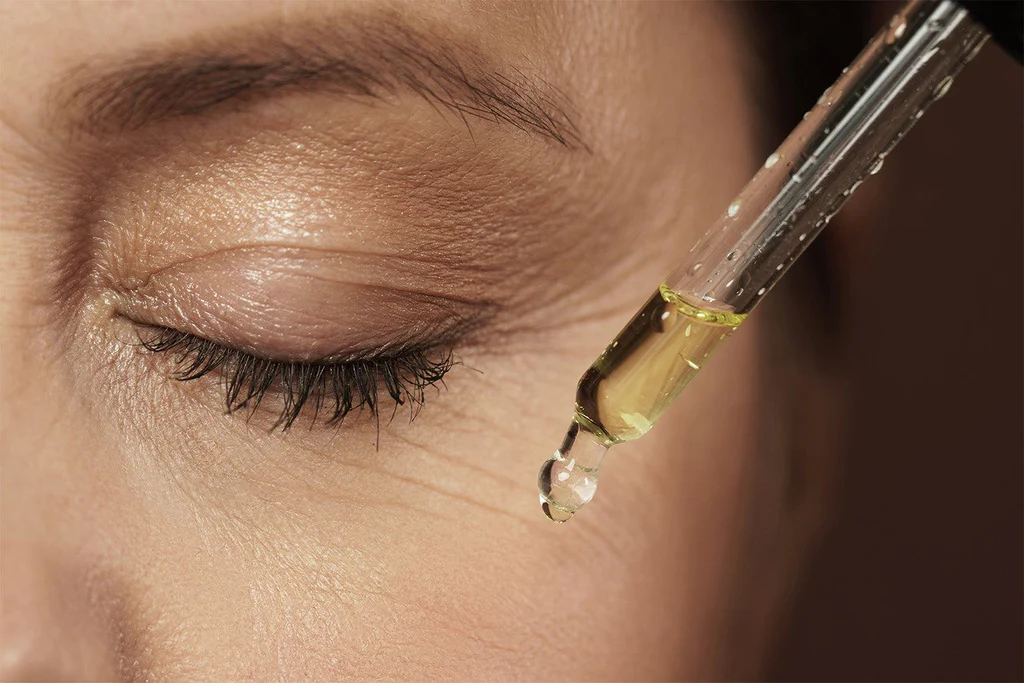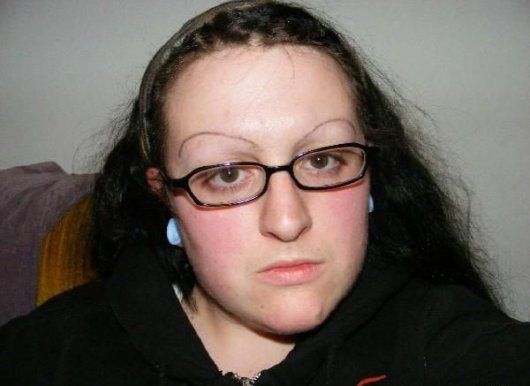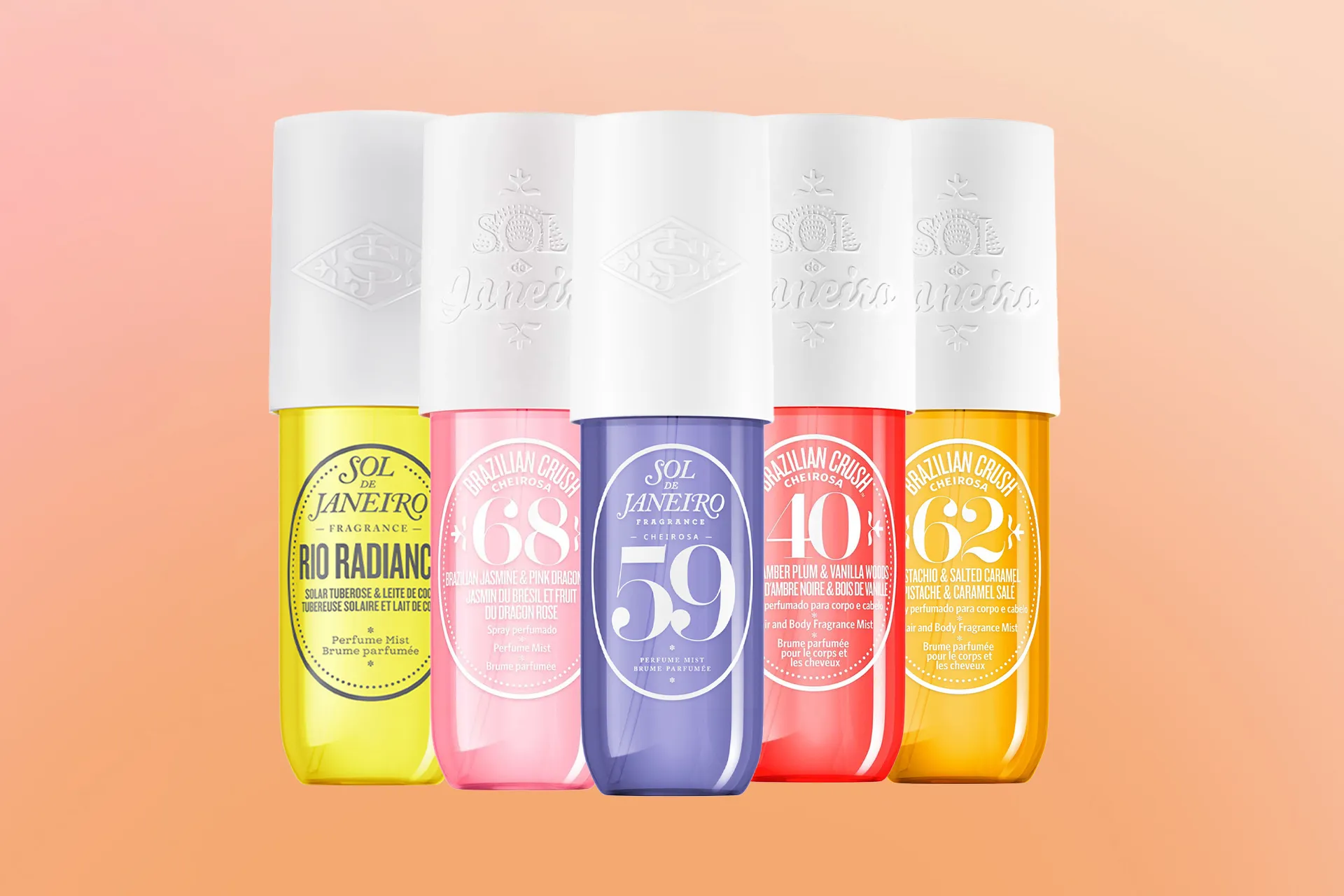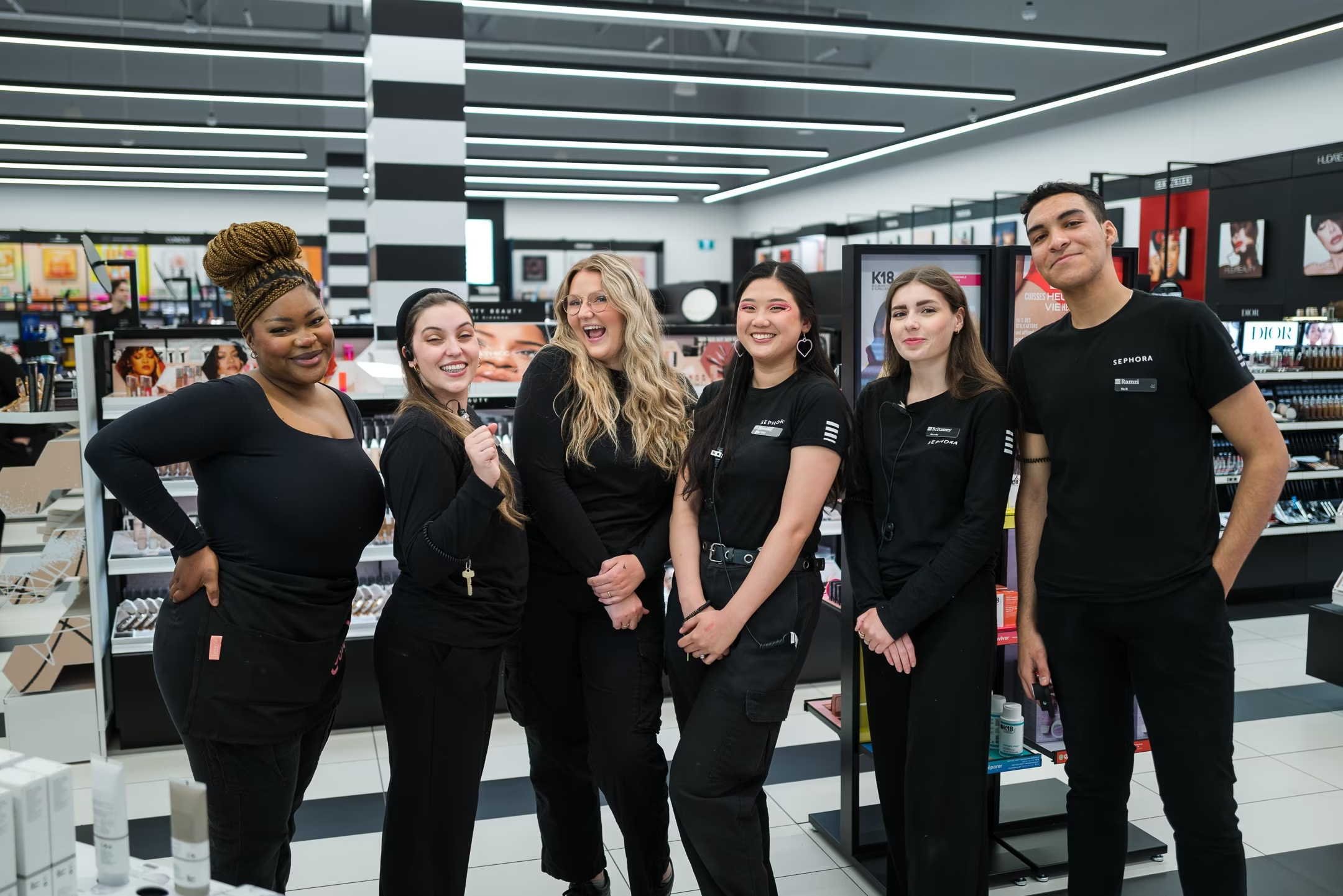
 By
Your Beauty Plug
By
Your Beauty Plug

Have you ever wondered where fake eyelashes came from? You may have heard a shocking story that claims they were invented by a prostitute named Gerda Puridle in the 1880s, and that they were originally called “cumbrellas” to protect her eyes from semen. But is this story true, or just a hoax? In this blog post, I will show you why the Gerda Puridle story is false, and who the real woman in the picture is.
Gerda Puridle is not a real person, but a fictional name that was used in a viral meme claiming that she was a prostitute who invented fake eyelashes in the 1880s. This meme is false, and the woman in the picture is actually Alice Regnault, a French actress and novelist who lived in the late 19th and early 20th century.
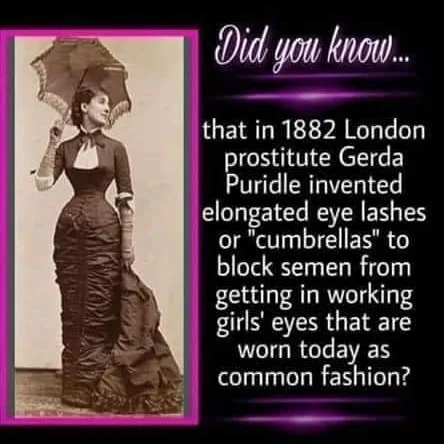
Alice Regnault was born as Augustine-Alexandrine Toulet in 1849 in Paris. She married Jules Louis Renard in 1865 and had a son, Édouard, in 1866. She lost her husband and her son’s custody in 1868, and became a courtesan and an actress. She debuted at the Bouffes Parisiens in 1869, and took classes at the conservatory of music and declamation. She was praised for her beauty, but not for her talent. She had several lovers, including a general and a senator, and a journalist. She retired from the stage in 1881, and tried to become a writer. She published two novels, Mademoiselle Pomme (1886) and La Famille Carmettes (1888), but they were not successful. She married in secret the writer Octave Mirbeau in 1887, in London. After his death, she published a fake political testament of Mirbeau, written by Gustave Hervé, a former pacifist and antimilitarist. She died in 1931 in Triel-sur-Seine.
Q: How did the Gerda Puridle story start and spread?
A: The Gerda Puridle story started as a meme that was posted on iFunny in January 2021, and spread on other platforms, such as TikTok and Facebook. The meme used a photo of Alice Regnault, a French actress and novelist, and claimed that she was Gerda Puridle, a prostitute who invented fake eyelashes in 1882, and that they were originally called “cumbrellas”. The meme was meant to be humorous and outrageous, but some people believed it and shared it as a true fact.
Q: How can we know that the Gerda Puridle story is false?
A: We can know that the Gerda Puridle story is false by using reliable sources, such as news articles, academic journals, books, or official websites, to verify or debunk the claim. For example, USA Today reported on the meme and explained how fake eyelashes were first patented by Anna Taylor in 1911, and were never officially named “cumbrellas”.
Q: What is the history and the origin of fake eyelashes?
A: Fake eyelashes have a long history that dates back to ancient times, when people used various substances to darken and enhance their eyelashes. The first patent for artificial eyelashes was granted to a Canadian inventor named Anna Taylor in 1911. Fake eyelashes became more popular in the 1910s and 1920s, thanks to the influence of Hollywood movies and celebrities. Fake eyelashes are now a common beauty accessory, and are available in various lengths, thicknesses, and curvatures.
Q: How are fake eyelashes made?
A: Fake eyelashes are made from various materials, such as human hair, animal fur, synthetic fibers, silk, or plastic. They are attached to a thin strip or a cluster of knots that can be glued to the eyelid or the natural lashes. Some fake eyelashes are reusable, while others are disposable.
Q: What are the benefits and risks of wearing fake eyelashes?
A: Fake eyelashes can enhance the appearance of the eyes, making them look bigger, brighter, and more expressive. They can also add volume, length, and curl to the natural lashes, creating a dramatic or glamorous effect. Some people wear fake eyelashes for special occasions, such as weddings, parties, or performances, while others wear them on a daily basis.
However, fake eyelashes also have some potential drawbacks and dangers. They can cause allergic reactions, infections, irritation, or injury to the eyes or the natural lashes. They can also be difficult to apply, remove, or maintain, requiring special tools, products, and skills. Some people may experience discomfort, pain, or damage to their natural lashes from wearing fake eyelashes too often or for too long.
Q: How can I take care of my fake eyelashes and my natural lashes?
A: If you decide to wear fake eyelashes, you should follow some basic tips to ensure your safety and comfort. First, you should choose the right type, size, and style of fake eyelashes that suit your eye shape, preference, and occasion. You should also test the glue or adhesive on your skin before applying it to your eyes, to avoid any allergic reactions. You should use clean and sterilized tools, such as tweezers, scissors, or applicators, to handle your fake eyelashes. You should also avoid sharing your fake eyelashes with others, as this can spread bacteria and infections.
Second, you should apply and remove your fake eyelashes carefully and gently, following the instructions provided by the manufacturer or the seller. You should not pull, tug, or rub your fake eyelashes or your natural lashes, as this can cause damage or loss of your natural lashes. You should also avoid sleeping, swimming, or showering with your fake eyelashes on, as this can weaken the glue or adhesive and cause your fake eyelashes to fall off or get stuck in your eyes.
Third, you should clean and store your fake eyelashes properly, especially if they are reusable. You should remove any glue, mascara, or makeup residue from your fake eyelashes using a gentle cleanser or a cotton pad soaked in oil-free makeup remover. You should also reshape your fake eyelashes and place them in a clean and dry container, away from heat, moisture, or dust. You should also replace your fake eyelashes regularly, depending on how often you use them and how well you take care of them.
Finally, you should also take care of your natural lashes, as they are essential for your eye health and beauty. You should avoid using harsh or expired products, such as mascara, eyeliner, or eyelash curler, on your natural lashes, as they can cause irritation, infection, or breakage. You should also moisturize and nourish your natural lashes with natural oils, such as castor oil, coconut oil, or olive oil, to promote their growth and strength. You should also consult your doctor or a professional if you notice any signs of infection, inflammation, or abnormality in your natural lashes or your eyes

As you can see, the Gerda Puridle story is a false and misleading meme that has no basis in reality. Fake eyelashes were not invented by a prostitute, nor were they ever called “cumbrellas”. They were patented by a Canadian inventor named Anna Taylor in 1911, and became popular in the 1910s and 1920s, thanks to the influence of Hollywood movies and celebrities. The woman in the picture is not Gerda Puridle, but Alice Regnault, a French actress and novelist who lived in the late 19th and early 20th century. The Gerda Puridle story is an example of how misinformation can spread on the internet, and how we should always check the facts before believing or sharing anything online.

